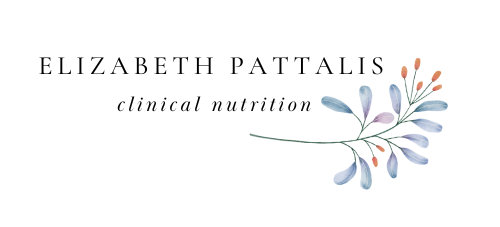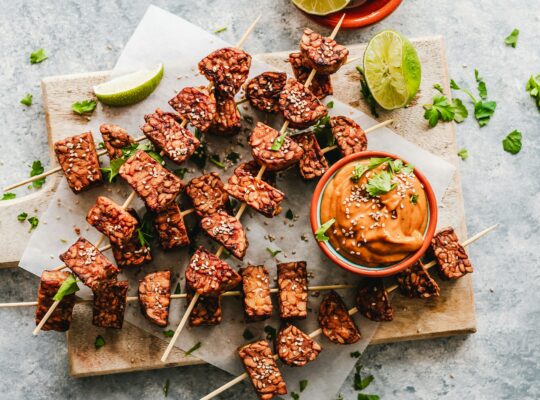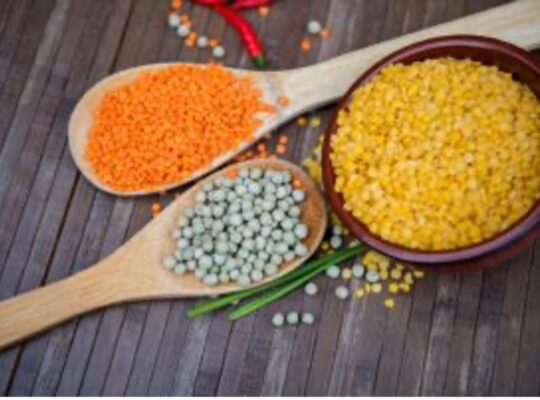Are you on a vegan or vegetarian diet? You’re likely deficient in lysine.
Lysine is one of the essential amino acids, and it’s one of the most challenging to obtain through a plant-based diet. It’s crucial to ensure you’re consuming enough lysine, as a deficiency may not be immediately noticeable, but over time, it can lead to major health problems. It’s worth noting that a person can meet …










